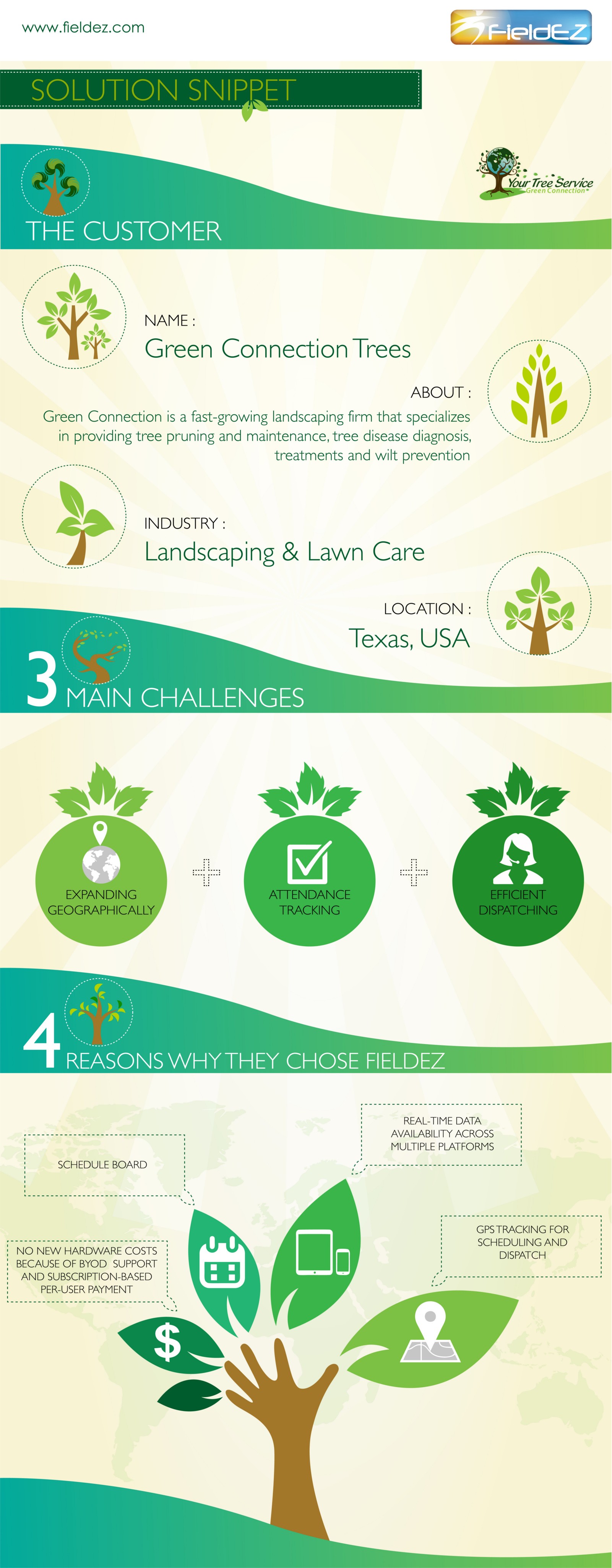Seasonal Tree Maintenance: Standards For Handling Trees Prior To And After They Are Eliminated
Seasonal Tree Maintenance: Standards For Handling Trees Prior To And After They Are Eliminated
Blog Article
Content Written By-
When it involves seasonal tree treatment, guaranteeing proper administration prior to and after elimination can considerably influence the health and wellness and visual appeals of your landscape. By comprehending the essential steps involved in evaluating tree health and planning for elimination, you can proactively protect your home. However what concerning the important techniques to follow once the tree is gone? Stay tuned to discover the necessary post-removal treatment actions that will help you grow a flourishing and lasting setting for your trees.
Pre-Removal Tree Care
Prior to attending to the elimination of a tree, it's crucial to focus on pre-removal tree care. Beginning by assessing the tree's health and wellness and architectural integrity. Try to find indicators of condition, pest infestations, or any type of architectural concerns that may posture a safety and security risk throughout elimination. It's vital to consult with a licensed arborist to establish the best strategy.
Pruning dead or diseased branches can avoid additional damages to the tree and ensure a smoother removal procedure.
Additionally, consider the ecological effect of eliminating the tree. Trees play a crucial function in our ecological community, so growing a brand-new tree in an ideal place can help offset any kind of loss. Guarantee that you have the essential authorizations and authorizations for tree elimination, specifically if the tree is safeguarded by local guidelines.
Seasonal Upkeep Tips
Assessing your tree's requirements throughout the year is imperative for its health and wellness and longevity. To keep your trees in top condition, adhere to these seasonal maintenance ideas.
In spring, concentrate on trimming to get rid of dead or broken branches and urge brand-new growth.
Summer calls for normal watering, specifically during droughts, to guarantee your tree stays hydrated.
As fall techniques, keep an eye out for early indications of illness or stress, and consider applying compost to safeguard the origins during winter.
In winter, be cautious when eliminating snow from branches to prevent damage, and remain to check your tree's general health and wellness.
Keep in mind to adjust your treatment routine based on the certain requirements of your tree varieties and neighborhood environment. By remaining hop over to this website and aggressive throughout the periods, you can help your trees grow and prosper for many years to come.
Post-Removal Tree Care
To ensure the health of your landscape even after tree removal, proper post-removal treatment is vital. After a tree is eliminated, it's essential to fill up the remaining hole with topsoil and portable it to stop settling. This will aid preserve the stability of the ground and protect against prospective risks in the future.
Consider planting new plants instead of the removed tree to bring back the balance and visual appeals of your landscape. Frequently https://howtostoptreestumpfromspr29406.blogdal.com/30686421/discover-extraordinary-enhancements-as-stump-grinding-reveals-the-hidden-potential-of-your-garden-space to promote the growth of brand-new plants and prevent soil erosion.
Inspect the bordering trees for any type of indicators of condition or tension that may have been triggered by the eliminated tree. Watch out for pests that may've been brought in to the previous tree and take safety nets to safeguard the staying plants.
If needed, consult with a professional arborist to analyze the influence of the elimination on the surrounding trees and establish any added care required. By adhering to these post-removal care actions, you can guarantee the ongoing wellness and appeal of your landscape.
Conclusion
In conclusion, positive seasonal tree treatment is important for keeping the wellness and balance of your landscape. By analyzing tree health and wellness, pruning, and seeking advice from an arborist before elimination, you can make sure a risk-free process. After removal, filling the hole, planting new greenery, and regular watering will advertise new development and avoid erosion. Remember to inspect bordering trees for illness and look for more care procedures from an arborist to keep your landscape flourishing.
